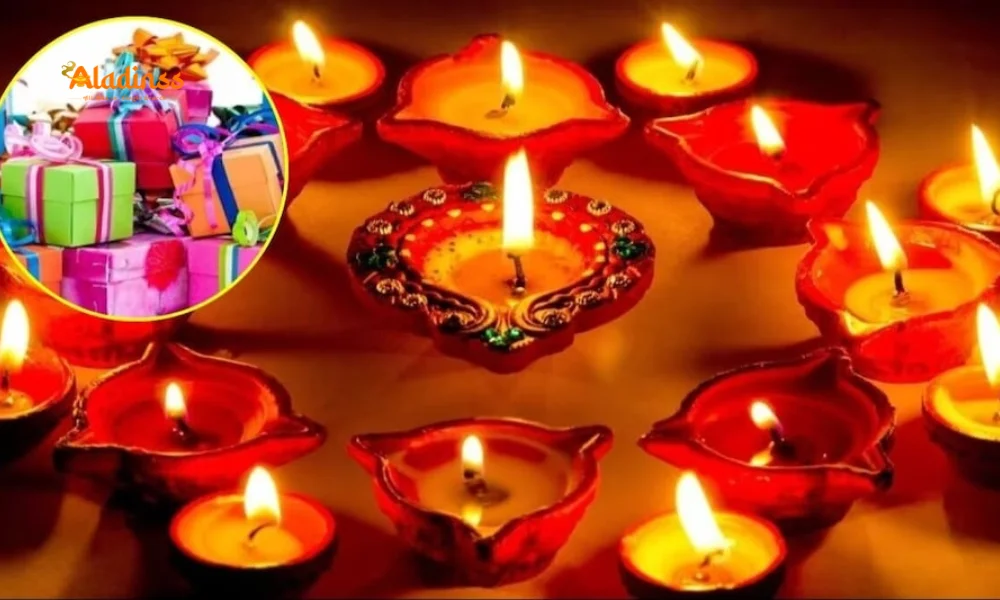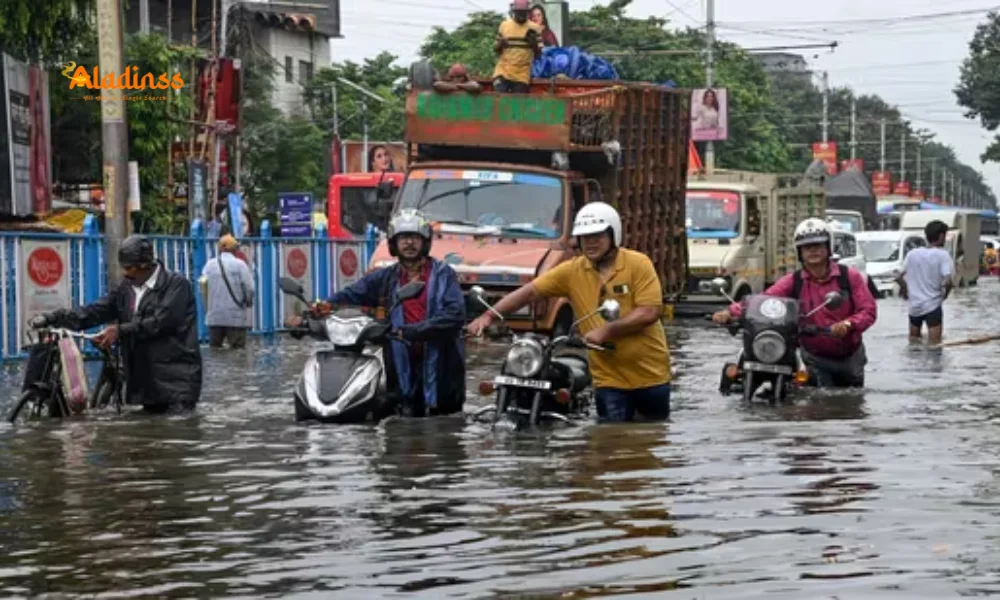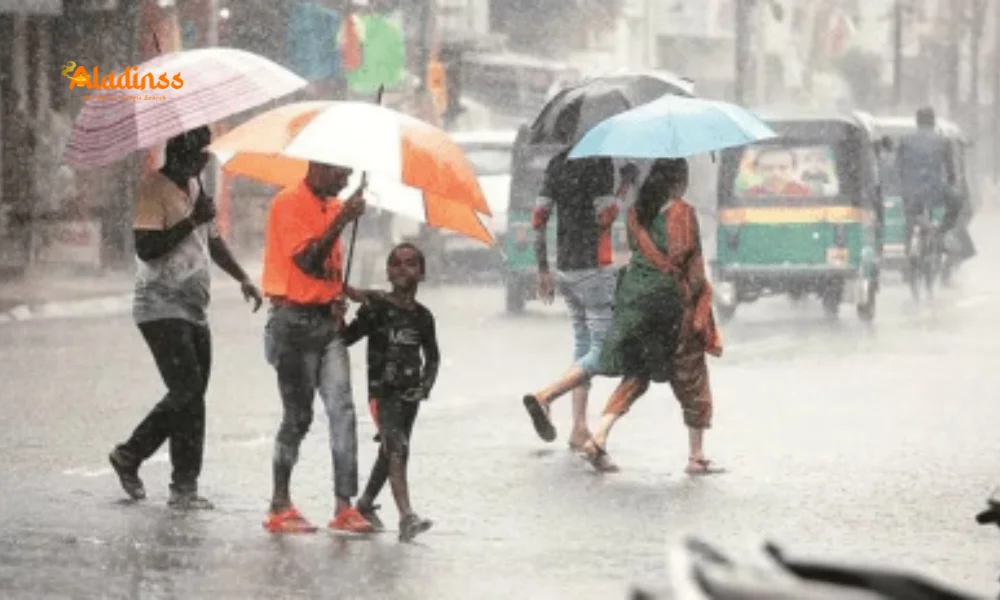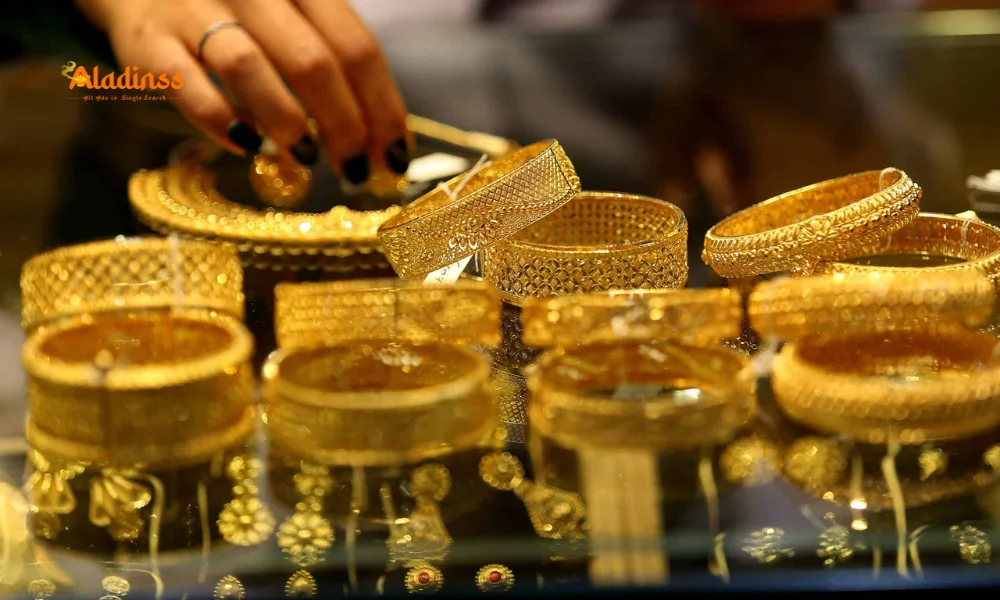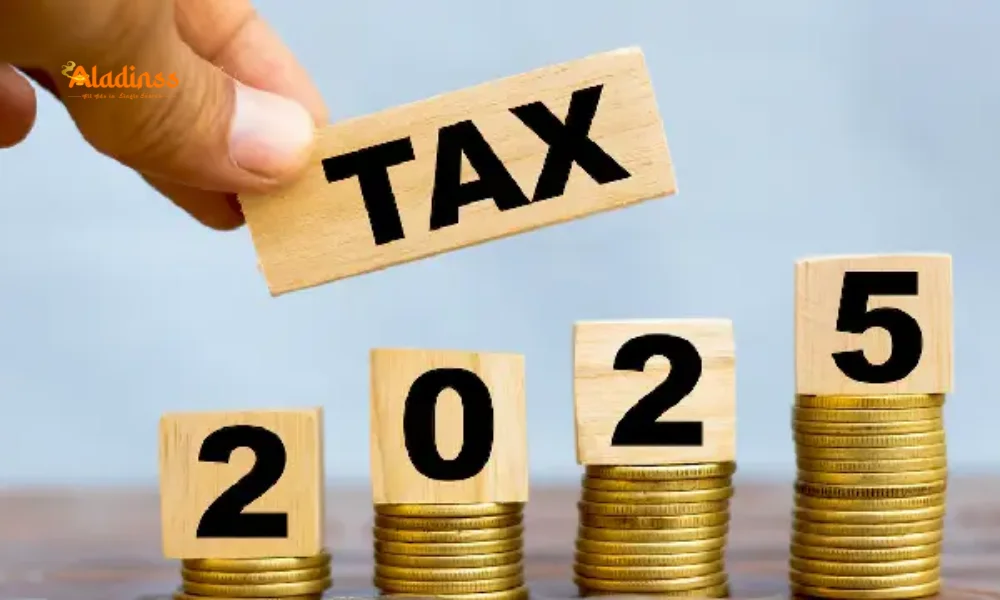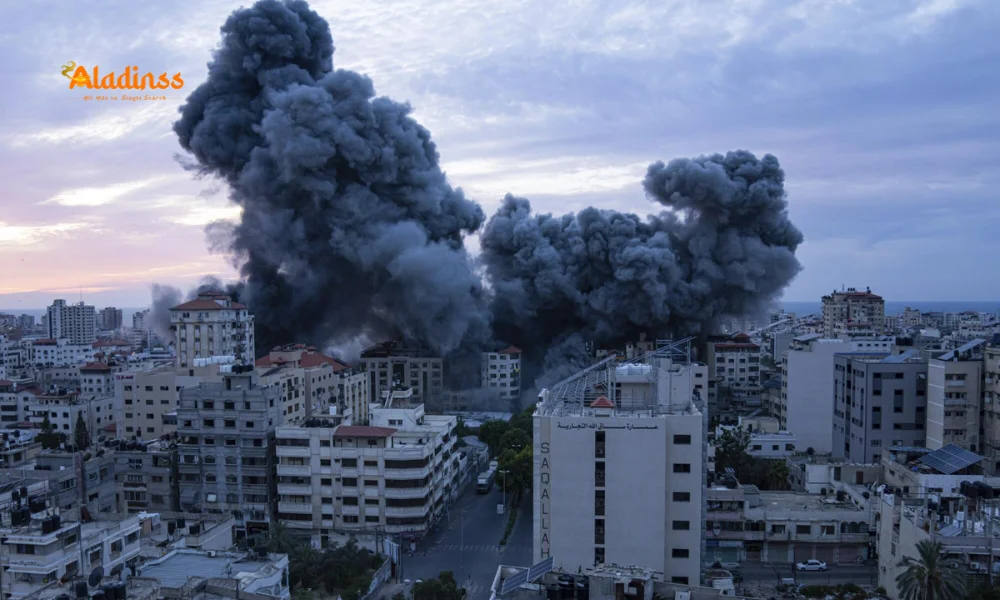Supreme Court Questions Nationwide Firecracker Ban Amid Air Pollution Concerns
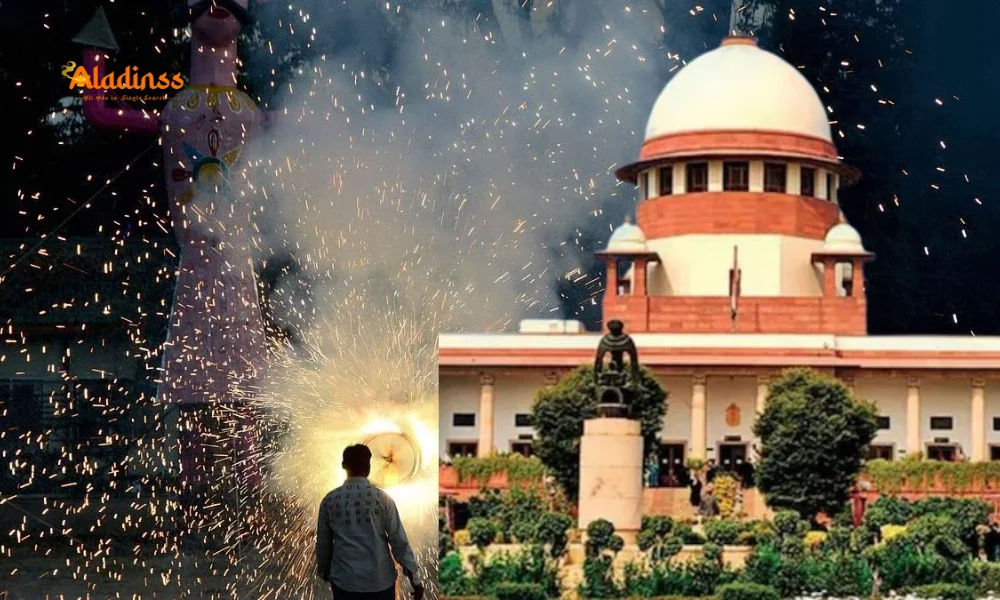
Supreme Court Questions Nationwide Firecracker Ban Amid Air Pollution Concerns
The Supreme Court of India has raised a pertinent question about the possibility of implementing a nationwide ban on firecrackers, challenging the existing restriction limited to Delhi and its surrounding areas. The court, led by Chief Justice P.R. Kawai, emphasized the need for uniform air quality standards across the country, questioning why clean air should be a privilege exclusive to the capital's residents. This development comes as part of a hearing addressing the firecracker ban in Delhi, prompted by rising air pollution concerns, particularly during festive seasons.
Delhi Firecracker Ban and Livelihood Concerns
During the hearing, the Supreme Court bench, headed by Chief Justice P.R. Kawai, reviewed a case challenging the firecracker ban in Delhi and its neighboring regions, imposed to curb deteriorating air quality. Senior advocate Parameshwar, serving as the court's legal advisor, argued that a complete ban on firecrackers in Delhi could significantly impact the livelihoods of many individuals involved in the firecracker industry. This includes manufacturers, distributors, and small-scale vendors who rely on the sale of firecrackers, especially during festivals like Diwali.
The court acknowledged the economic implications of such a ban but questioned the selective application of air pollution control measures. Chief Justice Kawai pointed out that if air quality is a priority in Delhi, the same standard should apply to other cities across India. The bench asked, "If only people in the capital have the right to clean air, why don't people living in other cities have that right?" This statement underscores the court's push for a broader, more equitable approach to tackling air pollution nationwide.
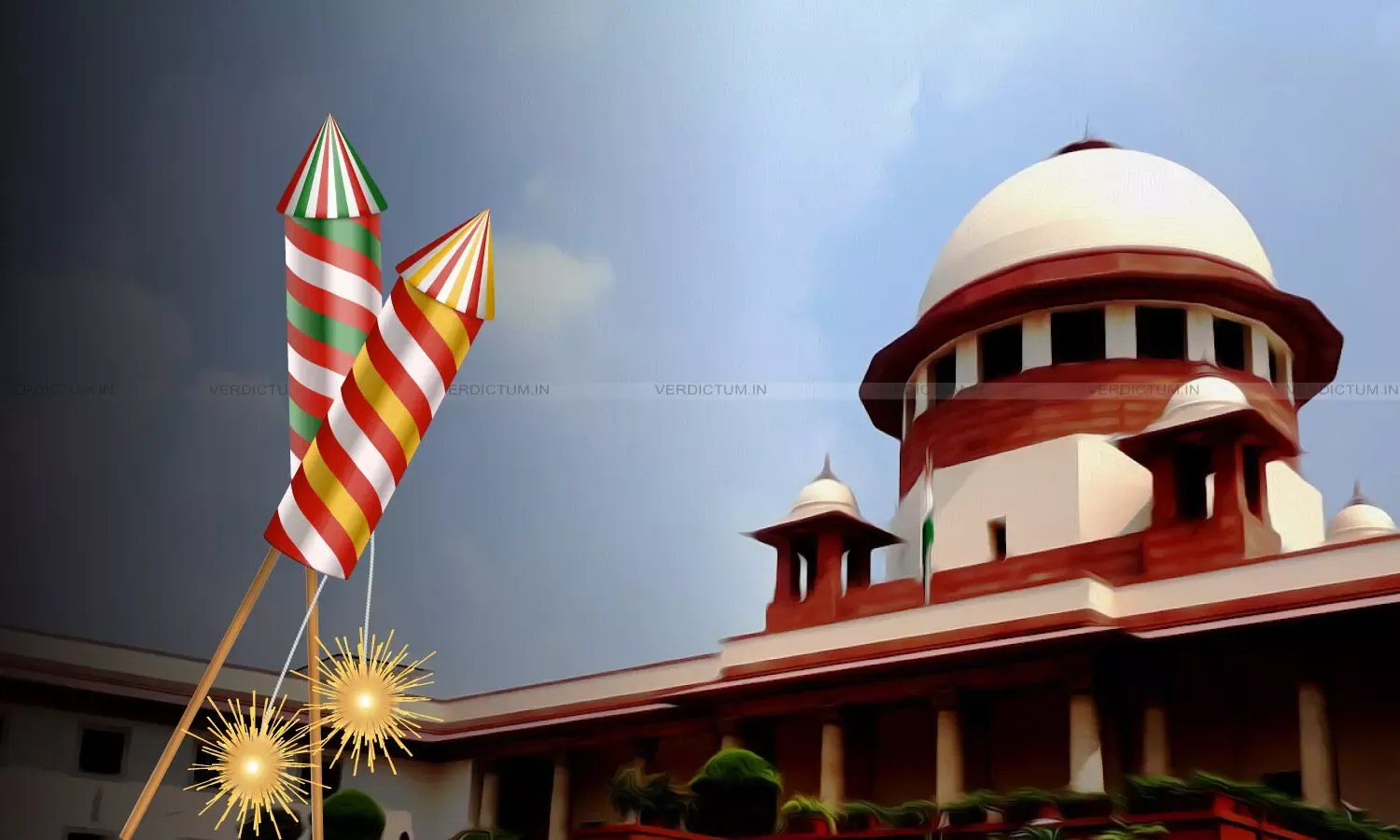
Chief Justice’s Observations on Nationwide Air Pollution
Chief Justice P.R. Kawai shared a personal observation during the hearing, noting that air pollution in Amritsar, where he resided last winter, was worse than in Delhi. This firsthand experience highlighted the widespread nature of the air quality crisis in India, which extends beyond the national capital. The Chief Justice argued that if firecrackers are deemed a significant contributor to air pollution, a ban should not be limited to Delhi but extended across the country to ensure fairness and consistency in environmental protection efforts.
Air pollution in India, particularly during the winter months, is exacerbated by multiple factors, including vehicular emissions, industrial activities, crop burning, and the bursting of firecrackers during festivals. Firecrackers release harmful pollutants such as particulate matter (PM2.5 and PM10), sulfur dioxide, and nitrogen oxides, which contribute to smog and respiratory health issues. The Supreme Court’s call for a potential nationwide ban reflects growing concerns about the cumulative impact of these pollutants on public health and the environment.
Central Government Directed to Submit Report
To explore the feasibility of a nationwide firecracker ban, the Supreme Court has directed the central government to obtain a detailed report from the Air Quality Management Authority. This report is expected to provide insights into the environmental impact of firecrackers across different regions of India, as well as the potential socioeconomic consequences of a blanket ban. The court’s directive underscores the need for data-driven decision-making to balance environmental concerns with economic considerations.
The Air Quality Management Authority is tasked with assessing air pollution levels in various cities and identifying the contribution of firecrackers to the overall pollution load. This report will likely play a crucial role in determining whether a nationwide ban is practical and necessary. The court’s emphasis on a comprehensive study reflects its commitment to addressing air pollution holistically, rather than through region-specific measures.
Green Crackers: A Potential Alternative?
The hearing also touched upon the development of green crackers, which are designed to produce fewer pollutants compared to traditional firecrackers. The National Environmental Engineering Research Institute (NEERI) informed the court that it is currently investigating the efficacy and environmental impact of green crackers. These eco-friendly alternatives aim to reduce harmful emissions while allowing cultural and festive traditions to continue. The case has been adjourned until September 22, pending further updates from NEERI on their research.
Green crackers, developed with input from scientific institutions like NEERI, use formulations that minimize the release of toxic chemicals. For instance, they avoid the use of barium and other heavy metals, which are major contributors to air and noise pollution. However, the adoption of green crackers has been slow due to challenges in production, cost, and public awareness. The Supreme Court’s interest in this alternative suggests a potential middle ground between environmental protection and preserving cultural practices.
Air Pollution: A National Concern
The Supreme Court’s remarks highlight the broader issue of air pollution as a national concern, not limited to urban centers like Delhi. Cities such as Amritsar, Kanpur, Varanasi, and Patna frequently experience hazardous air quality levels, particularly during the winter season. The court’s call for a uniform policy on firecrackers reflects the need for consistent environmental regulations across India to ensure that all citizens have access to clean air.
Air pollution has far-reaching consequences for public health, contributing to respiratory diseases, cardiovascular issues, and reduced life expectancy. In India, the problem is particularly acute due to the combination of industrial emissions, vehicular pollution, and seasonal factors like crop burning and firecracker use. The Supreme Court’s intervention could pave the way for stricter regulations and increased public awareness about the importance of reducing pollution sources.
Balancing Tradition and Environmental Responsibility
The debate over firecracker bans is not just an environmental issue but also a cultural and economic one. Firecrackers are deeply tied to festivals like Diwali, weddings, and other celebrations in India. A nationwide ban could face resistance from communities and industries that view firecrackers as an integral part of their traditions. The Supreme Court’s consideration of green crackers indicates an effort to strike a balance between preserving cultural practices and addressing environmental concerns.
Public awareness campaigns, stricter enforcement of existing regulations, and investment in eco-friendly alternatives could play a significant role in mitigating the impact of firecrackers on air quality. The court’s ongoing scrutiny of this issue is likely to influence future policies and encourage collaboration between government agencies, scientific institutions, and community stakeholders.
Next Steps and Public Response
As the Supreme Court awaits the Air Quality Management Authority’s report, public attention is focused on the potential implications of a nationwide firecracker ban. Environmentalists have welcomed the court’s remarks, viewing them as a step toward stronger pollution control measures. However, stakeholders in the firecracker industry are concerned about the economic fallout, particularly for small businesses and workers in regions like Sivakasi, a major hub for firecracker manufacturing in India.
The adjourned hearing on September 22 will provide further clarity on the court’s stance and the progress of green cracker research. In the meantime, citizens are encouraged to stay informed about air quality updates and adopt sustainable practices to reduce their environmental footprint during festive celebrations.
Comment / Reply From
No comments yet. Be the first to comment!

